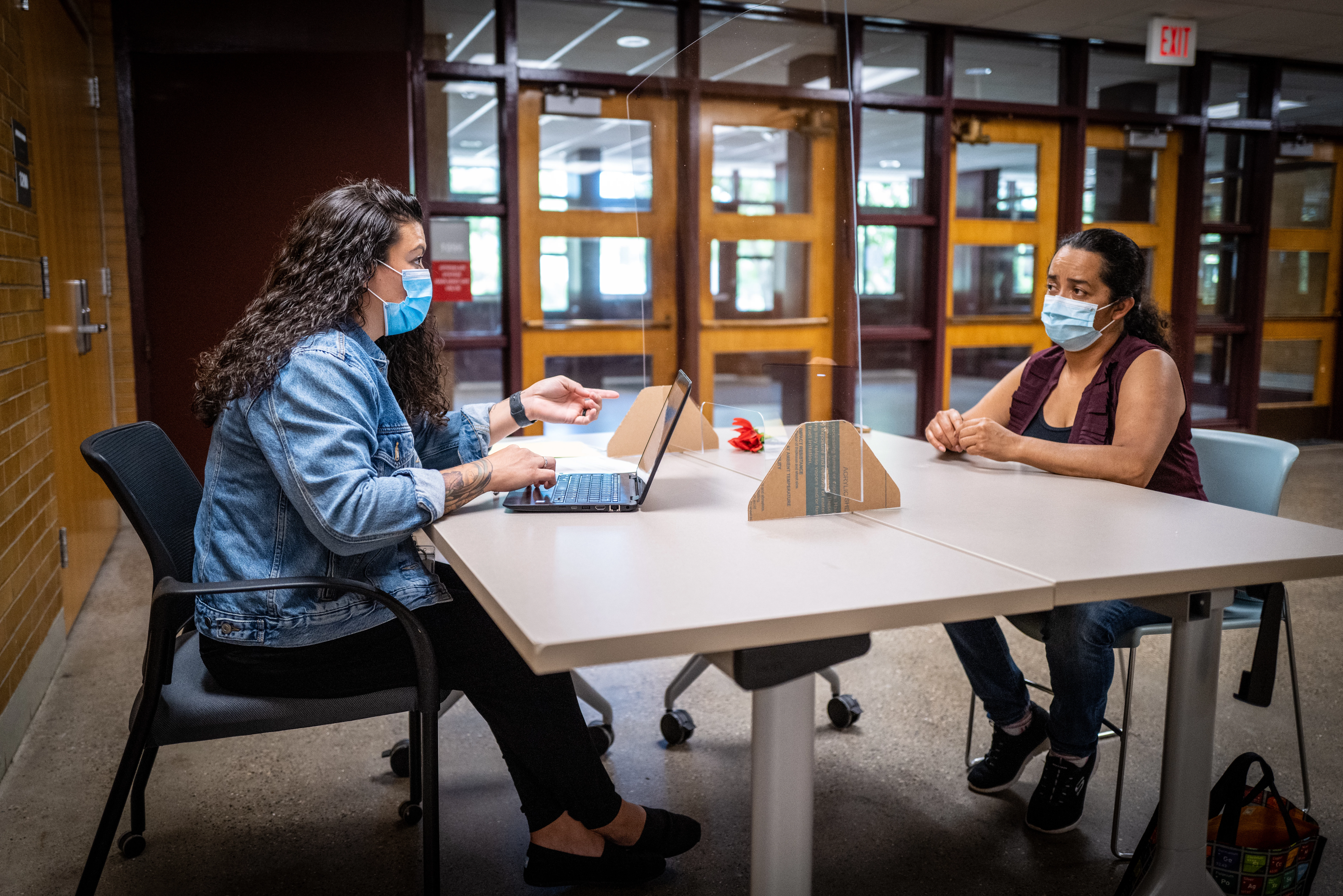
Partner Article
Creating culture during the chaos of Covid
Covid-19 has caused chaos to how many businesses are run, with organisations grappling with creating or maintaining a culture in an ever shifting and challenging environment. From employees that worked throughout the pandemic to those returning from furlough, or staff that are still shielding or returning to socially distanced workspaces - businesses need to support a variety of employee scenarios to form a cohesive culture. Employees will have different concerns which employers need to take into account, and good communications will play a central role in how well this situation is managed, particularly now as schools start to return, staycations are coming to an end and many will be looking to return to work – either in person or remotely.
-
Keen to kickstart: Some employees will be keen to return to workplaces, particularly if they experienced isolation and loneliness during lockdown. Coming into contact with colleagues and clients again can be important in maintaining a sense of community – especially in SMEs, where workplaces often have a more familial feel. Making sure that workplaces are carefully assessed for Covid safety measures, and communicating steps taken - such as socially distanced desks and sanitising stations - is an important element of employees returning. Multiple benefits can be reaped from returning to the workplace, including improvements in employee mental health by re-establishing connections, after many will have worked from home longer than they ever anticipated.
-
Reluctant to return: For those that had to shield during lockdown, or remain vulnerable, the prospect of returning to the workplace can feel daunting as the risk of contracting Covid-19 is still present. Businesses need to try and accommodate requests as far as possible, such as supporting continued working from home where practical or making special arrangements in the workplace for higher risk employees, and maintain open dialogue with employees as situations can change. For example, government guidance about particular medical conditions may change, or the employee’s opinion about the situation may change in time – so it is important to check in with employees regularly.
-
Importance of infrastructure: With so many businesses having to rapidly create suitable home-working solutions for an entire workforce, now is the time to use and improve the infrastructure available. For example, arrange to have ergonomically designed office equipment sent to employees that continue to work from home where possible to make it physically more comfortable. Ensure employees can access company networks and have good IT support if they need help. Make sure employees have access to technology – such as web cameras and headsets – that can make staying in contact with colleagues and clients easier, whilst also helping staff to feel part of the team.
-
Creative communication: Where workforces are still dispersed, use creative communication to maintain engagement. Weekly newsletters, including a spotlight on how different employees are living their lives during a global pandemic, can help encourage a sense of comradery and ease potential feelings of isolation. Virtual social events such as quizzes and chats can lighten the load for many, and regular check-ins from a team leader can remind employees they’re important. Equally, for those that have returned to the workplace, socially distanced events can occur – such as a modified version of cooking challenges – that can help to rebuild a team bond.
Brett Hill, distribution director at Towergate Health & Protection says: “Where the present situation remains tumultuous for many businesses, communicating regularly with employees can help to create culture. For employees returning to work, they will be keen to know about the Covid safety measures implemented in the workplace – be it a warehouse, construction site or office. For those yet to return, communication remains imperative to engagement in helping them to feel part of a team and overall company. Listening to employees, accommodating requests where possible, making home working more practical, getting creative with engagement exercises, and communicating effectively throughout - all helps to create culture during chaos.”
This was posted in Bdaily's Members' News section by Towergate Health & Protection .






 A legacy in stone and spirit
A legacy in stone and spirit
 Shaping the future: Your guide to planning reforms
Shaping the future: Your guide to planning reforms
 The future direction of expert witness services
The future direction of expert witness services
 Getting people into gear for a workplace return
Getting people into gear for a workplace return
 What to expect in the Spring Statement
What to expect in the Spring Statement
 Sunderland leading way in UK office supply market
Sunderland leading way in UK office supply market
 Key construction developments in 2025
Key construction developments in 2025
 Mediation must be part of planning process
Mediation must be part of planning process
 From apprentice to chief financial officer
From apprentice to chief financial officer
 Don't stifle growth with apprenticeship cuts
Don't stifle growth with apprenticeship cuts
 The start-up landscape: What lies ahead in 2025
The start-up landscape: What lies ahead in 2025
 JATCO adds welcome drive to automotive sector
JATCO adds welcome drive to automotive sector